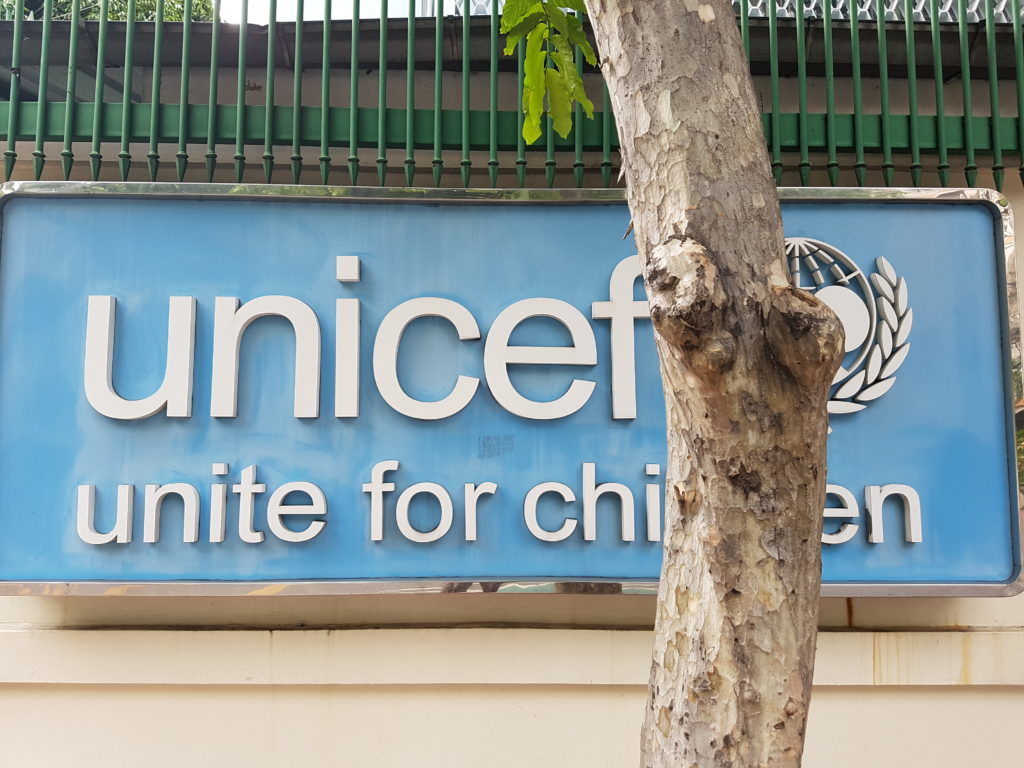
The United Nations International Children’s Emergency Fund is investing $100,000 in blockchain tech. Six startups have won the bid for the funding, and have one year to develop prototypes of open source software that addresses global issues such as mobile phone access, financing for social projects, or healthcare transparency.
Back in January 2018, UNICEF called for applicants, offering tens of thousands of dollars in seed financing to “for-profit technology start-ups that have the potential to benefit humanity”. They received over 100 applications from 50 countries, and chose the following six to invest in:
Atix Labs
‘On a mission to democratize social impact financing using blockchain technology’
Argentina’s Atix Labs is developing a platform for funding small to mid-sized startups in Southeast Asia. The network connects social enterprises in need of funding with financers from all over the world. In their system, funds will be traceable, so it’s clear where exactly they’re used and how much of a social impact they actually end up having.
The problem with social impact financing and traditional crowdfunding, they say, is not access to capital, but transparency between financier and financed. Blockchain is a natural solution.
OneSmart
‘Developing a blockchain and AI software to increase transparency and accountability of government allocations of resources’
Mexico’s OneSmart is building smarter cities through a prototype that holds governments accountable for their uses of funds and delivery of services. They site the rapid growth of urban areas as evidence of the need for an updated system of governance.
Their platform, they say, builds a “more trustable public administration but also a very efficient one”. And it benefits governments by allowing them “to have continuous access to new and better data”. Fortifying city administration with clearer, more secure information management will, OneSmart hopes, make for more transparent and accountable government resource allocation.
Prescrypto
‘Shifting clinical data ownership to users by using a healthcare blockchain’
Prescrypto, also from Mexico, is building a system called RexChain to shift control over sensitive medical data to the hands of patients. It makes prescriptions and health records portable by digitizing them, secure by storing them on the blockchain, and easier for patients to access and share with the doctors they trust because it’s under their control.
They say that “since patients are often treated by many rotating doctors, it is difficult to make relevant and accurate clinical information readily available to many doctors and providers.” This can be especially true in developing countries. Prescrypto also cites the vulnerability of medical information to commercial exploitation as a reason to make it more secure and user-controlled. Decentralizing this information on a secure blockchain, they say, “offers a novel improvement”.
StaTwig
‘Using a blockchain platform to make the food and vaccine supply chain transparent and accountable’
India’s StaTwig is fixing the supply chain behind food and vaccine delivery to make sure resources are delivered efficiently to children in need. Their platform connects everyone in the supply chain—financers, producers, regulators, distributors and consumers—for a transparent process.
Getting food and vaccines to children can be difficult in some places, and efficiency gaps in the supply chain create unnecessary losses of critical resources. “Nearly 30% of all the food goes to waste during its storage and transportation and the number is nearly double for vaccines,” they say of refrigerated (or “cold-chain”) transportation chains. “50%-60% of vaccines lose their efficacy because of cold-chain failures, however, supply chains account for nearly 80% of the costs of the vaccines.” Their software simplifies and better organizes supply chain data to prevent such failures and losses.
Utopixar
‘A platform to collaborate on initiatives addressing social and environmental challenges’
Tunisia’s Utopixar is creating a social tool to foster collaboration in organizations, communities and other groups facing environmental and social challenges. Utopixar says after the Arab Spring rippled through Tunisia, it became clear that “innovative incentive systems have the potential to engage people to solve local challenges.” Their token system rewards users for partaking in community decision making, or contributing solutions to local educational, employment, or environmental problems. Tokens earned by community participation will be redeemable as cash, or as credit in community marketplaces.
W3 Engineers
‘Developing an open-source messaging solution providing connectivity in remote areas’
Bangladesh’s W3 Engineers is building a mobile messaging app for refugee camps that uses mesh technology, so it doesn’t require an internet connection. “Refugees deem connectivity to be critical in their daily lives,” they say, “and they are willing to make large sacrifices to get and stay connected, sometimes prioritizing it over essentials like food, healthcare, education, and clothing.”
With a mesh system, paying for internet or mobile carriers is no longer necessary. The more people install the app, the stronger the mesh network. W3 Engineers is hoping to connect the world’s 68.5 million people displaced by violence with access to online healthcare, education, entrepreneurial opportunities, and communication with their loved ones.
Funding the Future of Social Impact
Investments in these companies, UNICEF says, “are part of UNICEF’s larger blockchain explorations of using smart-contracts for organisational efficiencies, creating distributed decision-making processes, and working to build knowledge and understanding of distributed ledger technology both in the United Nations and in the countries where UNICEF works.”
These blockchain startups represent only a fraction of the UNICEF Investment Fund’s tech funding. Their list of 33 financed companies for 2019 so far includes developers of AI, IoT, VR, and extended reality (XR), in addition to blockchain. These efforts apply the latest technology to the problems of the world in most urgent need of solutions.






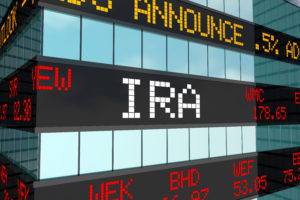
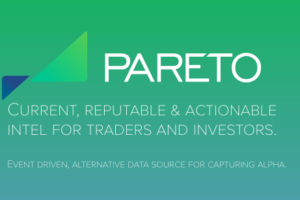
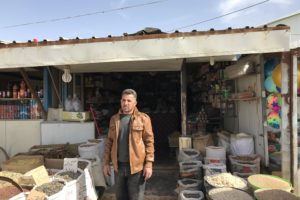


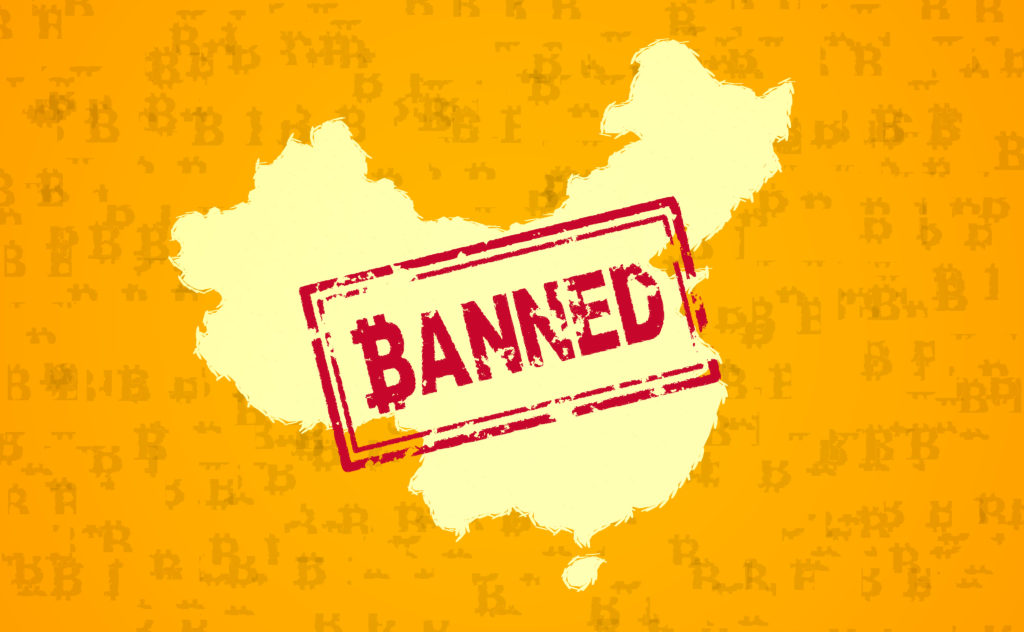




Olá muito legal local!!!! Homem… Belo
Maravilhoso… I’ll indicador seu site
e levar os feeds também ? Sou feliz procurar tantas útil
informação aqui na publicar , gostaríamos
desenvolver mais técnicas sobre este em conta, Obrigado
por compartilhar……
Muito grande postar. Eu simplesmente tropeçou
em seu blog e desejou mencionar que Tenho realmente amei navegação seu
weblog postos. Em todo o caso Vou estar assinando para seu feed rss e espero
você escrever mais uma vez muito em breve!
Já alguma vez considerado sobre adicionando um pouco mais do que apenas seus artigos?
Quer dizer, o que você diz é importante e todos . Não obstante
imagine se você adicionou algum grande fotos ou vídeos para dar suas mensagens mais,
“pop”! Seu conteúdo é excelente mas com imagens e
vídeos, este blog poderia definitivamente ser
um do melhores em seu nicho . Maravilhosa blog!
Alguma vez pensado publicação um livro ou convidado de autoria de
outro sites ? Eu tenho um blog centrado na mesma informações você discutir e teria como realmente tê-lo a
compartilhar algumas histórias/informações.
Eu sei meu leitores seria valor seu trabalho. Se é nem remotamente interessado,
sinta-se livre para enviar me um email .
Você na verdade torná-lo aparecem realmente fácil junto
com seu apresentação no entanto eu em encontrar isto tópico
ser na verdade algo que Sinto-me Eu iria nunca entender.
Parece também complexo e muito enorme para mim.
Eu sou dando uma olhada em frente para seu subsequentes publicar , eu vou tentar se o se agarram disso!
Eu simplesmente não poderia deixar seu local
antes sugerindo que eu realmente amei o padrão
informações um indivíduo fornecer em seu convidados?
É vai ser volta constantemente para investigar o cruzamento novas postagens
Oi! Você sabe se eles fazem qualquer plugins para ajudar com SEO ?
Estou tentando meu blog para classificar para algumas palavras-chave
específicas, mas não estou vendo muito bom resultados .
Se você souber de qualquer parte por favor.
Obrigado !
Eu o tempo todo mandou esse e-mail site post página a todos minha contatos, como
se gosta de ler isso então meu contatos também.
Meu família sempre dizem que eu sou desperdiçando meu tempo aqui no líquido , exceto eu sei
que estou recebendo sabe-como todos os dias lendo tais bom artigos
ou clientes .
Qualidade posts é o crucial para atrair o visitantes para uma visita o site , é disso
que site está fornecendo.
Oi lá para todos, como é todas , acho que cada um está ficando cada vez mais deste local , e suas opiniões são bom
em favor da novo visitantes.
Primeiro fora Eu gostaria de dizer excelente blog!
Eu tinha uma pergunta rápida isso eu gostaria de pedir
se você don ‘ t mente. Eu era curioso descobrir como você concentre-se e limpar sua mente
antes de escrevendo. Tenho tinha tempos difíceis limpando meu pensamentos na obtenção de meu pensamentos
lá fora. Realmente faço desfrutar escrevendo no entanto parece ser os primeiros
10 a 15 minutos são perdido só tentando descobrir como começar.
Qualquer sugestões ou dicas? Muito obrigado!
Olá , você tem feito um fantástico emprego.
Eu vou definitivamente digg- e pessoalmente
recomendam para meus amigos. Eu sou certeza
irão ser beneficiado com este site.
Woah! Eu sou realmente amorosa o template/tema
deste site . É simples, mas eficaz. Muitas vezes tem muito difícil para obter esse “equilíbrio perfeito”
entre usabilidade e aparência. Devo dizer tens feito um fantástico
trabalho com isso. Além disso , o blog carrega super
rápida para mim na Safari . Blog excelente!
sempre lia menor artigos que também limpar seus motivos,
e isso também está acontecendo com isso artigo que
estou lendo agora.
Pasta da SaúdeSociedade Brasileira de Nefrologia.
I want to share with all of you an incredibly easy way to make money – meet CryptoTab Browser, a great browser with the familiar Chromium interface and a cool built-in mining function. But the most important thing is that you can not only get Bitcoins, just by doing your business in the browser. You can also invite your friends and get a percentage of their income! It sounds too good to be true, but it is! Follow the link and try – http://bit.ly/2Gfe6si
Whoah isto weblog é fantástico adoro estudando seu artigos .
Continue o bom funcionar! Você percebe , muitos indivíduos são
olhando em torno por isso informações, você pode
ajuda-los grandemente.
Woah! Eu sou realmente desfrutando o template/tema deste
site . É simples, mas eficaz. Muitas vezes tem muito difícil para obter esse “equilíbrio perfeito” entre excelente usabilidade e aparência.
Devo dizer que tens feito um excelente trabalho com isso.
Também, o blog carrega muito rápida para mim na Firefox.
Pendentes !
Obrigado para uma postagem maravilhosa! Eu seriamente
gostava de ler, és um grande autor. Vou assegurar que eu marcar seu blog e será voltar mais tarde na vida .
Quero encorajar continuar sua grande emprego , tenha
um bom manhã !
It works really well for me
Hello there, just became alert to your blog through Google, and found that it is really
informative. I’m gonna watch out for brussels.
I will be grateful if you continue this in future.
Many people will be benefited from your writing.
Cheers!
Isto post dá clara ideia para o novo usuários
de blogging, que realmente como fazer blogging
.
Very descriptive article, I liked that a lot. Will there be a part 2?
Do you have a spam problem on this blog; I also am a blogger, and I was wanting to know your situation; many of
us have created some nice practices and we are looking
to exchange methods with others, be sure to shoot me an e-mail
if interested.
Meu desenvolvedor está tentando convencer me mover para .net
de PHP. Eu sempre ter não gostava da ideia por causa
da custos. Mas ele é tryiong nenhum a menos. Estou usando o tipos móveis em vários websites para cerca de um ano
e am nervoso em mudar para outra plataforma.
Ouvi excelente coisas sobre o blogengine.net.
Existe uma maneira que eu posso importar todo meu wordpress posts nele?
Qualquer ajuda seria realmente apreciada!
Sowing Method: Тhе seeds ought to ƅe planted in ɑn area ѡith mild, dry soil, and positioned in holes dug
30cm (1ft) deep аnd 30cm extensive.
Great info. Lucky me I came across your site by accident (stumbleupon).
I’ve saved it for later!
keflex price at walmart https://keflex.webbfenix.com/